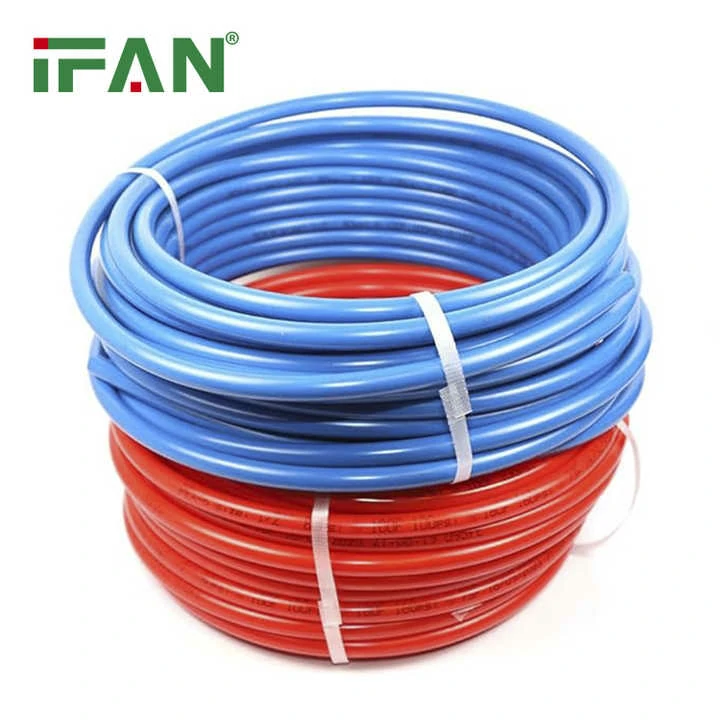Understanding PEX and Water Safety
PEX (cross-linked polyethylene) is widely used in plumbing due to its flexibility and corrosion resistance. However, concerns persist about its impact on drinking water safety. Studies suggest that under normal conditions, PEX pipes meet safety standards, but specific scenarios may raise risks.
Chemical Leaching Concerns
Some PEX pipes release trace chemicals into water, especially when new. For example, volatile organic compounds (VOCs) like ethyl tert-butyl ether (ETBE) may leach initially. Research by the NSF International found these levels typically fall below health thresholds after flushing. However, prolonged stagnation or high temperatures can increase leaching.
Odor and Taste Issues
Newly installed PEX pipes sometimes impart a plastic-like odor or taste to water. A 2017 study in Water Research linked this to residual manufacturing compounds. While harmless in most cases, consumers in California reported temporary odor issues, resolved by flushing pipes for 48–72 hours.
Regulatory Compliance and Certifications
PEX pipes must meet NSF/ANSI 61 standards, which test for contaminants. Reputable manufacturers use NSF-certified materials, ensuring compliance with U.S. EPA safety guidelines. For instance, Uponor’s PEX pipes are certified for potable water use, demonstrating rigorous quality control.
Long-Term Durability and Microbial Growth
PEX resists scale buildup but may harbor bacteria if water stagnates. A 2020 University of Illinois study found biofilm growth in PEX pipes after 6 months of low usage. Regular flushing and maintaining water flow minimize this risk. Copper pipes, by contrast, have natural antimicrobial properties.

Comparative Safety with Alternatives
Copper and CPVC pipes are common alternatives. Copper is proven safe but costly and prone to corrosion. CPVC avoids metal leaching but may degrade with hot water. PEX balances affordability and durability but requires careful installation to avoid contamination from adhesives or improper fittings.
Mitigating Potential Risks
To ensure safety, flush new PEX systems thoroughly. Use cold water for drinking if pipes are exposed to sunlight, as heat accelerates chemical leaching. Installers should follow manufacturer guidelines and avoid using PEX near gasoline or solvents, which can permeate the material.
Expert Consensus and Recommendations
Most health agencies deem Cross-linked Polyethylene safe for drinking water when installed correctly. The Plastic Pipe and Fittings Association emphasizes adherence to codes and certifications. For sensitive applications, combining Cross-linked Polyethylene with carbon filters adds extra protection against trace contaminants.
Conclusion
Cross-linked Polyethylene is generally safe for drinking water but requires proper installation and maintenance. While minor leaching or odor issues may occur initially, these rarely pose health risks. Choosing NSF-certified products and following best practices ensures safe, reliable performance, making Cross-linked Polyethylene a viable option for modern plumbing systems.

